The Nature agenda is growing hugely in importance for the built environment as a sector in the UK and beyond. This is demonstrated through the introduction of mandatory Biodiversity Net Gain in England, coupled with policy developments in Scotland and Wales and an increased interest and focus on external reporting on impacts on nature.
Meanwhile, Natural England’s 2024 State of Natural Capital Report delivers a stark yet crucial overview of the health of England’s natural environment. It shows that many of the ecosystems we depend on – forests, rivers, wetlands, and coastal areas – are in decline, threatening everything from food security to public health and climate resilience.
Globally, development and the increased modernisation of our lives have caused an alarming decrease in biodiversity, all while we increasingly realise that natural systems and nature based solutions offer one of our best routes out of the climate crisis;
- The pressures of urban expansion place an ever-increasing demand on fragile natural resources and available habitat
- Globalisation has led to the spread of invasive species which rapidly outcompete native wildlife
- Pesticides from agriculture can be linked to a decline in 40% of all insect species
All of the Earth’s plants, animals, insects and microbes contribute to biodiversity with each individual species playing its own unique part.
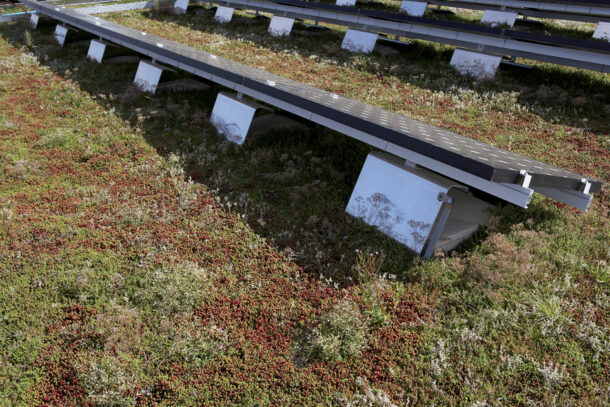
Enhancing biodiversity on site
Biodiversity enhancement isn’t limited to new developments. Bear in mind most of our built environment is here already! Refurbishment and maintenance scheduling for the existing built environment can significantly influence biodiversity. By incorporating ecological features and management regimes, spaces can be improved to provide habitats for wildlife whilst improving user experiences and contributing to our wellbeing.
Initiatives can include;
- Green roofs
- Living walls
- Bird/bat boxes
- Bird feeders
- Planting low-maintenance native species on site
- Ponds and water features
- Planting butterfly/bee-friendly species on site
- “Bug hotels” and beehives
- Even investigating opportunities for species reintroductions
Nature video series
Explore our selection of biodiversity and nature related videos below that cover a range of core topics.
Biodiversity and Ecology
Biodiversity and Nature – Setting the Scene
Video
Biodiversity and Ecology
Biodiversity Net Gain in the UK
Video
Biodiversity and Ecology
Nature Related Reporting
Video
Biodiversity and Ecology
Nature and wider supply chain impacts
Video
Want to learn more?
Key biodiversity and nature related resources
The School has worked with the Nature Recovery Group and its Partners to select a range of training resources that encompass core themes across the biodiversity and nature related topic.
These are also divided into varying competency levels for learners who are new to the school or for those who wish to refresh their knowledge in this important area.
Explore more themes
1. Site practice
Choose your desired competency from the drop down list below
Check out beginner level resources below related to the theme of nature and site practice.
Check out intermediate level resources below related to the theme of nature and site practice.
Check out advanced level resources below related to the theme of nature and site practice.
Check out expert level resources below related to the theme of nature and site practice.
2. Design for nature
Choose your desired competency from the drop down list below
Check out beginner level resources below related to the theme of designing for nature.
Check out intermediatelevel resources below related to the theme of designing for nature.
Check out advanced level resources below related to the theme of designing for nature.
Check out expert level resources below related to the theme of designing for nature.
3. Nature positive policy and strategy
Choose your desired competency from the drop down list below
Check out beginner level resources below related to the theme of nature positive policy and strategy.
Check out intermediate level resources below related to the theme of nature positive policy and strategy.
Check out advanced level resources below related to the theme of nature positive policy and strategy.
Check out expert level resources below related to the theme of nature positive policy and strategy.
Check out leader level resources below related to the theme of nature positive policy and strategy.
4. Biodiversity net gain and equivalents
Choose your desired competency from the drop down list below
Check out beginner level resources below related to the theme of Biodiversity Net Gain and its equivalents.
Check out intermediate level resources below related to the theme of Biodiversity Net Gain and its equivalents.
Check out advanced level resources below related to the theme of Biodiversity Net Gain and its equivalents.
Check out expert level resources below related to the theme of Biodiversity Net Gain and its equivalents.
5. Nature reporting and disclosure
Choose your desired competency from the drop down list below
Check out beginner level resources below related to the theme of nature reporting and disclosure.
Check out intermediate level resources below related to the theme of nature reporting and disclosure.
Check out advanced level resources below related to the theme of nature reporting and disclosure.
Check out expert level resources below related to the theme of nature reporting and disclosure.
Check out leader level resources below related to the theme of nature reporting and disclosure.
6. Surveys and mapping
Choose your desired competency from the drop down list below
Check out intermediate level resources below related to the theme of nature surveys and mapping.
Check out advanced level resources below related to the theme of nature surveys and mapping.
Check out expert level resources below related to the theme of nature surveys and mapping.
Check out leader level resources below related to the theme of nature surveys and mapping.
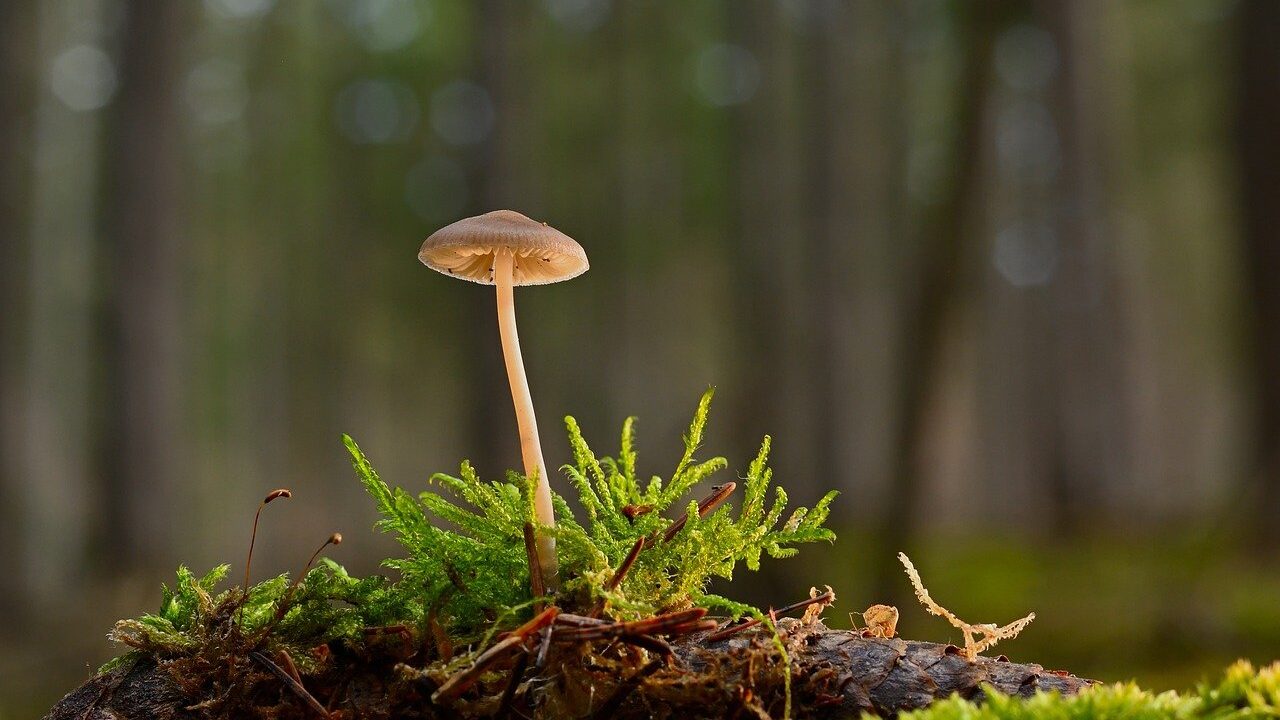

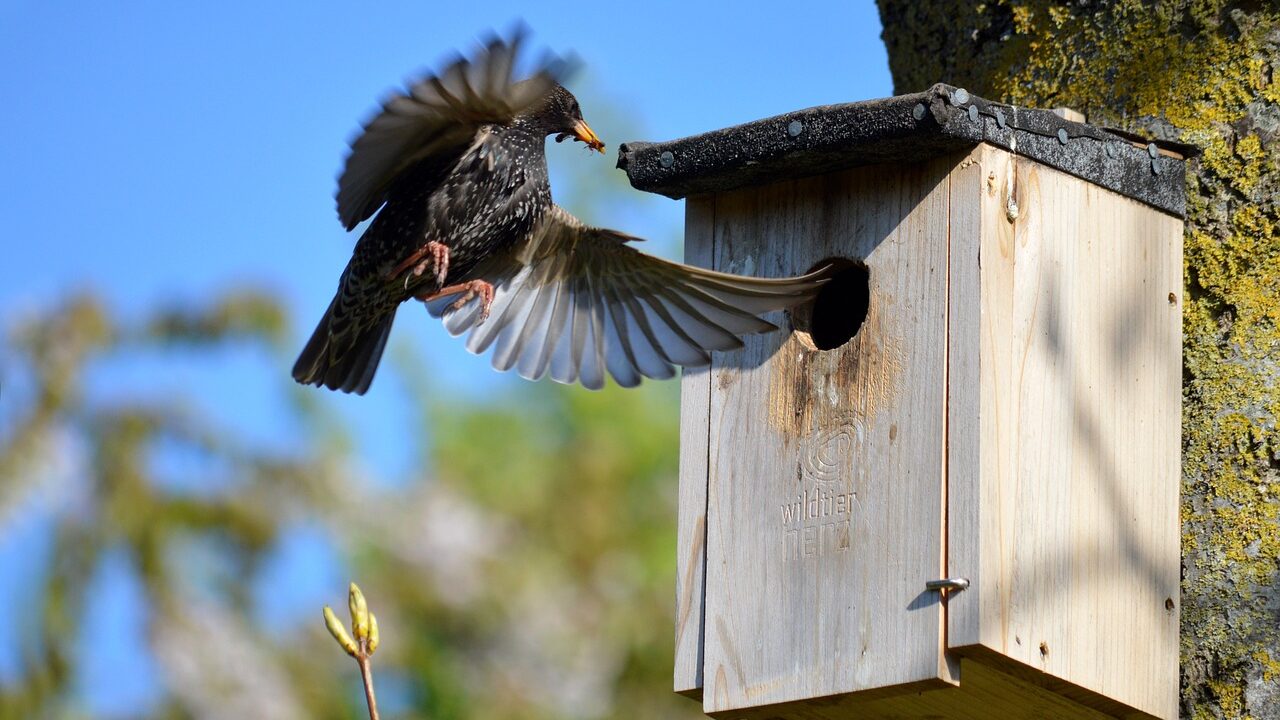

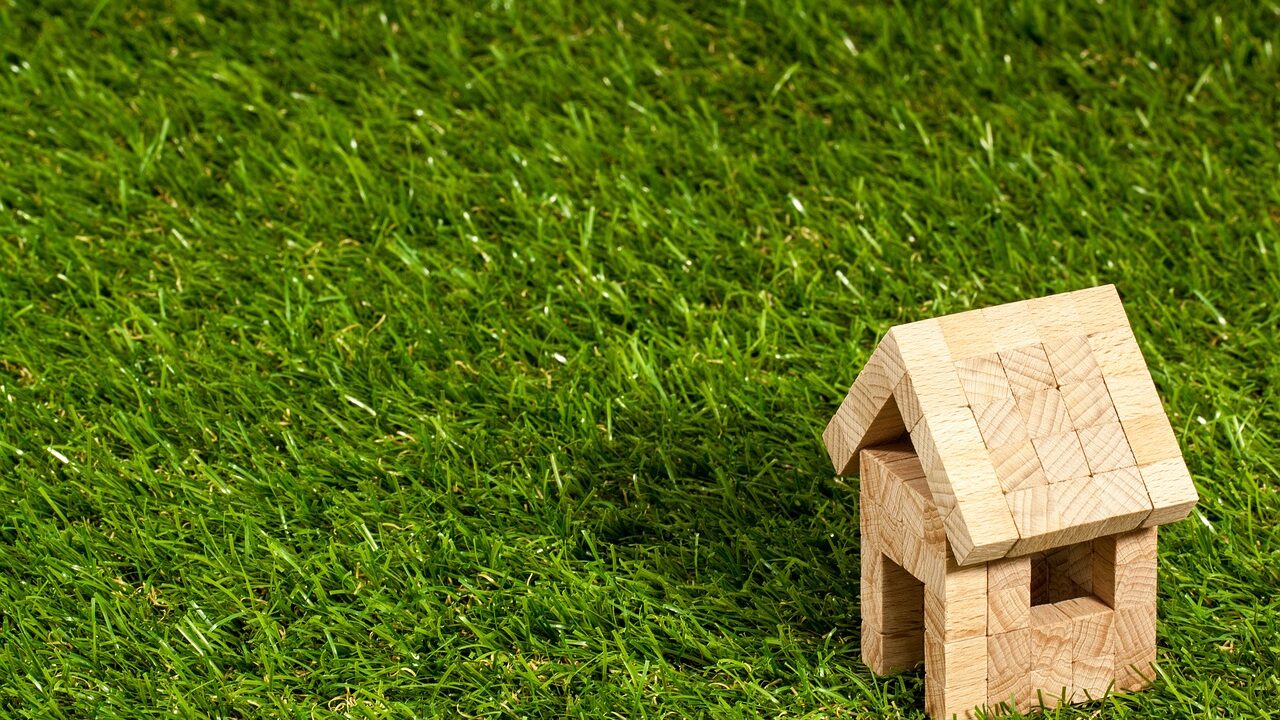

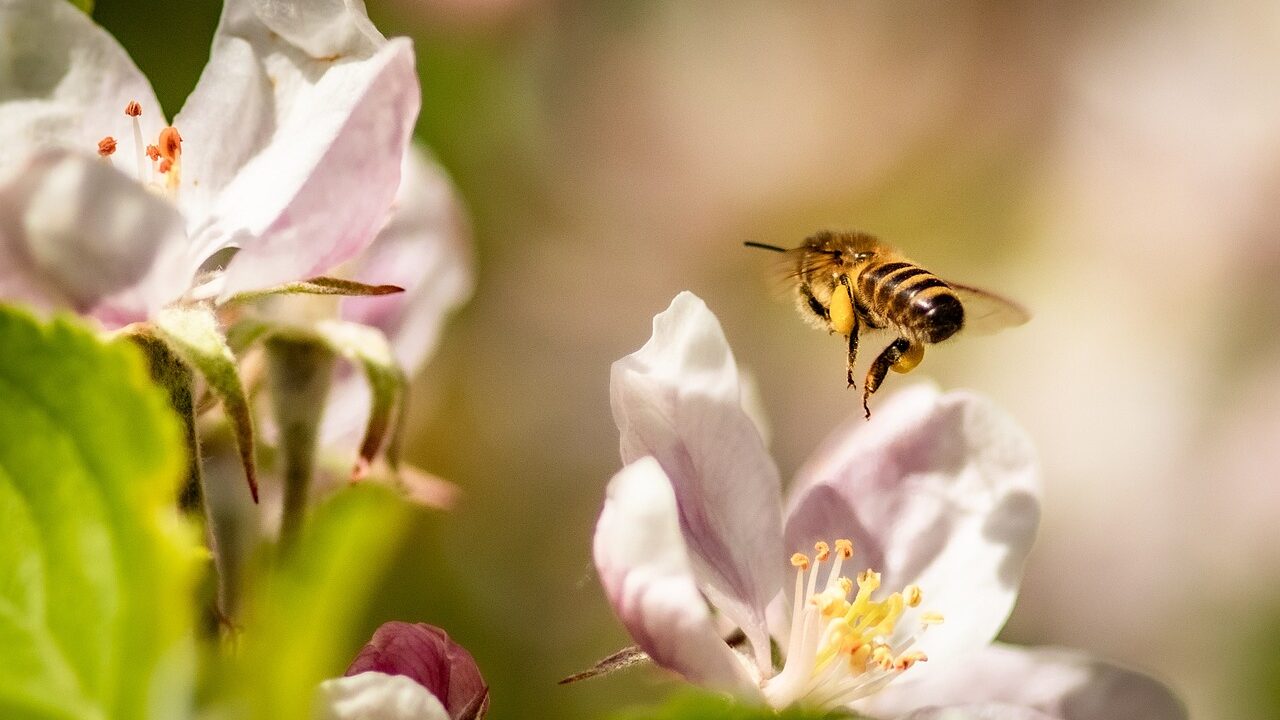

The quality of the air we all breathe often gets…

Climate change is the biggest issue of our time and…
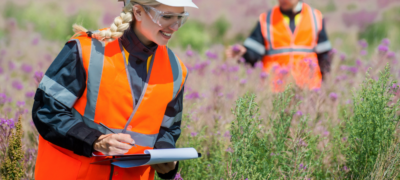
How we deal with the potential positive and negative impacts…
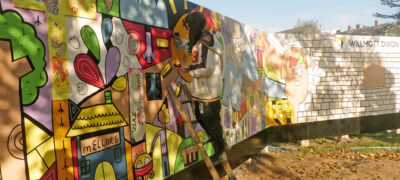
Social Value is more important than ever and has a…
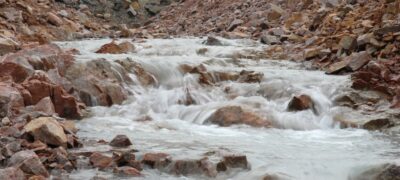
Monitoring and addressing our water consumption, use and environmental impacts…

Addressing wellbeing and welfare improvement across the whole value chain…



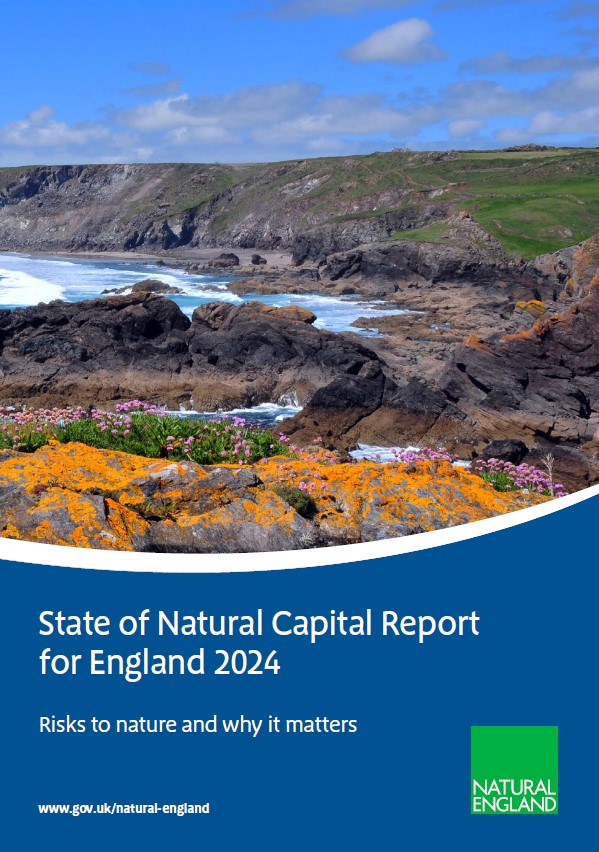
 5 minutes
5 minutes